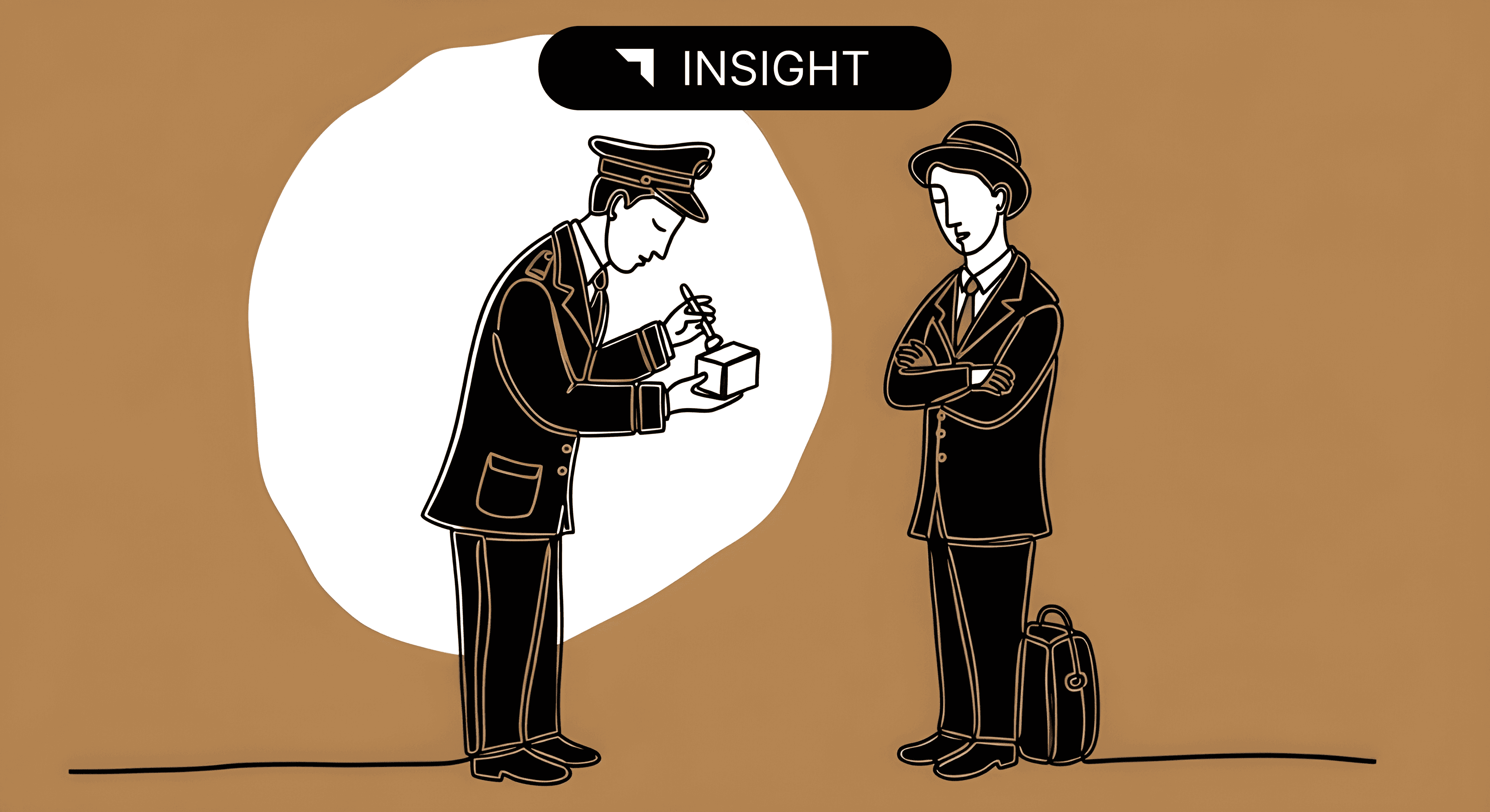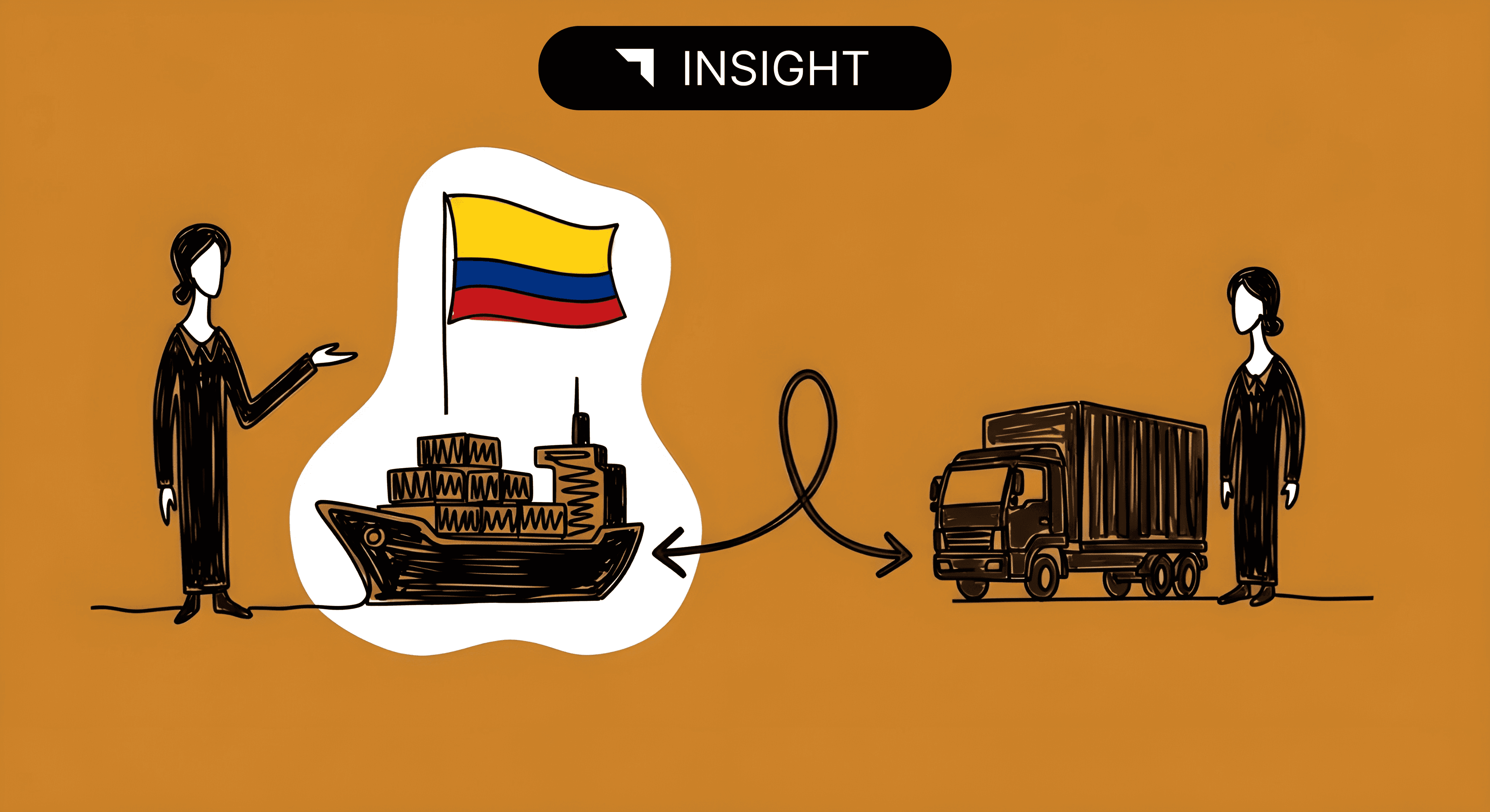
How to Design Products for Lower Duties Without Crossing Compliance Lines
In international trade, smart product design can reduce duty exposure long before the goods reach customs. Yet the fine line between legitimate tariff engineering and unlawful evasion remains one of the most misunderstood areas of compliance.
This guide explains how companies can design products for lower duties without violating customs laws, ensuring they remain competitive while maintaining full compliance.
Understanding Tariff Engineering
Tariff engineering is the legal practice of designing a product to fit within a more favorable tariff classification. This strategy has existed for over a century and is recognized by courts worldwide.
For example, an importer might use removable components, substitute materials, or alter manufacturing processes so that the final form of the imported good falls under a lower-duty Harmonized Tariff Schedule (HTS) code.
However, customs authorities draw a clear distinction between lawful planning and post-import manipulation. Once a product has entered commerce, any attempt to disguise its true nature or intended use can trigger penalties and enforcement actions.
The Compliance Boundary: Form Over Function
The most critical factor in tariff engineering is that the product’s form at the time of importation must genuinely match the declared classification.
- Permitted: Importing an unfinished or unassembled version that naturally falls under a lower-duty heading.
- Not permitted: Misdeclaring a finished item as a part or component when it is clearly designed for end use.
Customs rulings and court cases consistently reinforce this principle. Engineers and trade teams must work together early in the design phase to align engineering documentation, HTS analysis, and supply chain planning.
Designing for Lower Duties: Practical Strategies
Below are examples of legally sound approaches for companies seeking to minimize duty exposure through thoughtful design:
- Material Substitution: Choosing an alternative composition that qualifies under a different HTS subheading.
- Functional Simplification: Importing products in a partially assembled or unprogrammed state that accurately reflects their declared condition.
- Regional Manufacturing: Shifting minor processing to countries with preferential trade agreements (such as USMCA) when origin rules are met.
- Component Separation: Structuring shipments so that accessories or optional modules are imported independently when they serve distinct purposes.
- Classification Research: Reviewing CROSS rulings, Explanatory Notes, and GRIs to ensure each design modification aligns with official precedent.
Avoiding Common Compliance Pitfalls
Even well-intentioned designs can cross compliance lines if not supported by documentation. To stay on the right side of customs law:
- Keep detailed engineering drawings, bill of materials, and test reports.
- Validate every classification through binding rulings or third-party review.
- Document the commercial rationale for design changes beyond tariff savings.
- Avoid post-entry alterations or assembly practices that contradict import declarations.
Trade professionals should also monitor Customs valuation rules, as altering a product’s composition may affect its declared value or assist payments.
The Role of AI in Tariff Strategy
Modern platforms like Trade Insight AI are transforming how importers approach tariff classification and duty optimization. AI-driven systems can:
- Analyze large datasets of past rulings and product attributes
- Recommend compliant design adjustments that reduce duty rates
- Flag potential red-line scenarios before filing entries
This combination of predictive analytics and regulatory intelligence allows compliance teams to innovate confidently while minimizing risk.
Key Takeaways
Designing products for lower duties is a powerful competitive strategy when executed correctly. The keys to success include:
- Building HTS classification and regulatory research into the product development cycle
- Treating tariff engineering as a compliance discipline, not a workaround
- Leveraging AI-powered trade tools for accurate, data-driven decisions
By integrating these practices, companies can turn compliance into a strategic advantage—optimizing costs while staying aligned with customs expectations.
Related News

October 27, 2025
How USMCA Qualification Interacts With HTS Classification
Read more →
October 16, 2025
Common HTS Classification Mistake #4: Failing to Differentiate Assembled vs. Unassembled Goods
Read more →
November 7, 2025